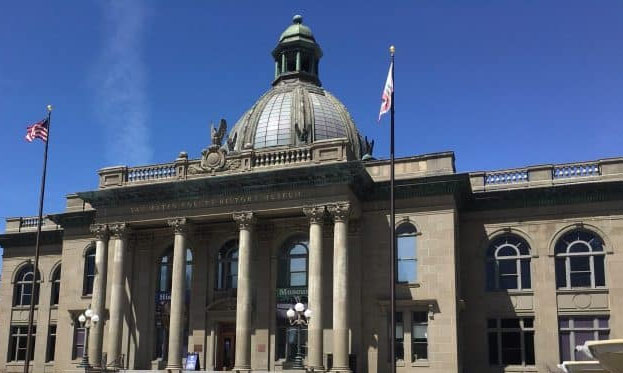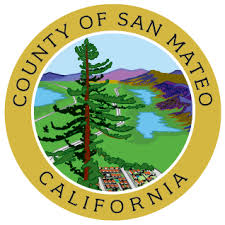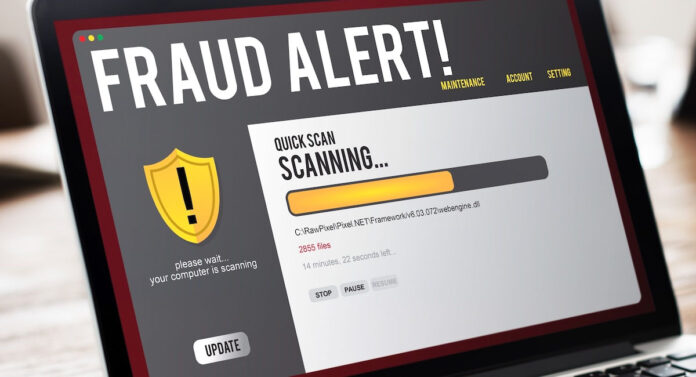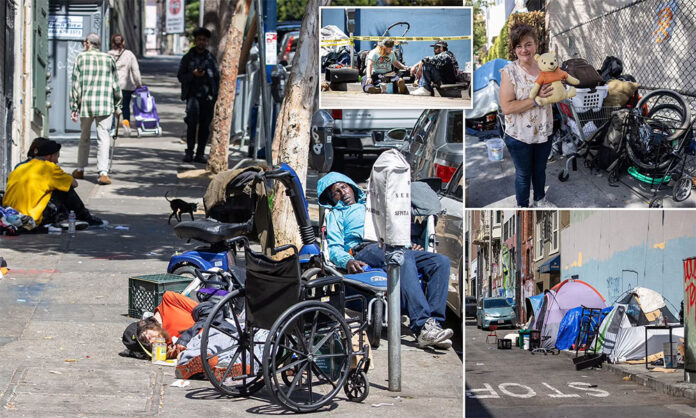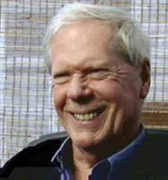
by Paul Craig Roberts
The United States Government today bears little resemblance to the government created by the Founding Fathers. Many “reforms” contributed to the transformation of an accountable government to an unaccountable one. For example, the direct election of US senators and the expansion of the franchise from male property owners adversely affected the security of private property. Others point to the effects of wars. All of these played a role in America’s destruction. However, in my opinion the transformation of American government can be explained by events in three short periods of our history.
The founders saw the US as an association of states in which central power was limited and weak. The 10th Amendment gave governing to the states. President Lincoln’s war for the tariff destroyed states’ rights and led to the supremacy of centralized federal power over the states. Today what happens in specific states can be determined by votes in other states. Lincoln’s war lasted four years, and that was time enough for Lincoln to destroy the framework devised by the Founders.
The second devastating period was 1913. That year the United States took two hard blows. One from the creation of the Federal Reserve, and one from the establishment of an income tax. The creation of the Federal Reserve took control over money from the government and gave it to the big bankers. The income tax resurrected slavery. Historians have ignored that historically the definition of a free person is a person who owns his own labor. A slave or a serf is a person whose labor is owned in whole or part by an outside party. No person subject to an income tax owns his own labor. Once a person is violated in this way, all his other protections fall away–his privacy, his security in his home and documents, his protection against arbitrary arrest, self-incrimination, indefinite detention without conviction. No American alive today has experienced the freedom known to the Founders.
The third destructive period was the depression of the 1930s. This was the work of the Federal Reserve which permitted the money supply to shrink, thereby collapsing employment, income, and prices. The Great Depression produced President Franklin D. Roosevelt and the New Deal. The New Deal transferred Congress’ lawmaking power to the new progressive regulatory agencies. Today when Congress passes a law, it amounts to an authorization for regulatory agencies to write the regulations that implement the law. For example, the 1964 Civil Rights Act expressly prohibited racial quotas, but the EEOC imposed racial quotas by regulatory means.
These three periods, comprising 15 years of American history or 6 percent of our time as a country, sufficed to destroy what the Founders created. Historians are blind, because history has been written for propagandistic reasons to serve agendas. Lincoln’s war for the tariff has been turned into a moral cause of freeing black slaves, something Lincoln denied while initiating and fighting the war. The year 1913 is described as a progressive turning in the direction of financial stability and equity or fairness. The New Deal is presented as measures that tamed the instability of capitalism. When Henry Ford reportedly said “history is bunk,” he wasn’t far off.
It is unfortunate that our political heroes, such as Franklin D. Roosevelt and England’s Winston Churchill come under scrutiny at the very time that the countries are under assault for their evil past. It is now when we need belief to fend off assault that our idols are shown to have feet of clay. David Irvin’s Churchill’s War destroyed the artfully created reputation of Churchill. Now David T. Beito’s The New Deal’s War on the Bill of Rights completes the destruction of progressive hero FDR.
Like Lincoln, Roosevelt used war to achieve his agenda–the destruction of the British Empire and its replacement with the American Empire based on the US dollar taking the British currency’s role as world reserve currency. It is a paradox that liberals have regarded as a progressive hero a president, who squashed dissent and free speech, locked up American citizens of Japanese ethnicity in concentration camps, destroying their lives and allowing their properties to be stolen, and attacked the Bill of Rights that made Americans secure under the protection of law. As Beito’s exposure of FDR makes clear, the man was a tyrant who elevated executive power by stripping power from Congress and intimidating the Supreme Court.
Beito spent a decade researching and writing his book, and the voluminous notes and index comprising more than 25 percent of the printed pages attest to his thoroughness. The book is not one man’s opinion. It is a historical record.
If America had had historians different from the gullible and insouciant liberals, we might still exist in the freedom and liberty that the Founders gave to us.



